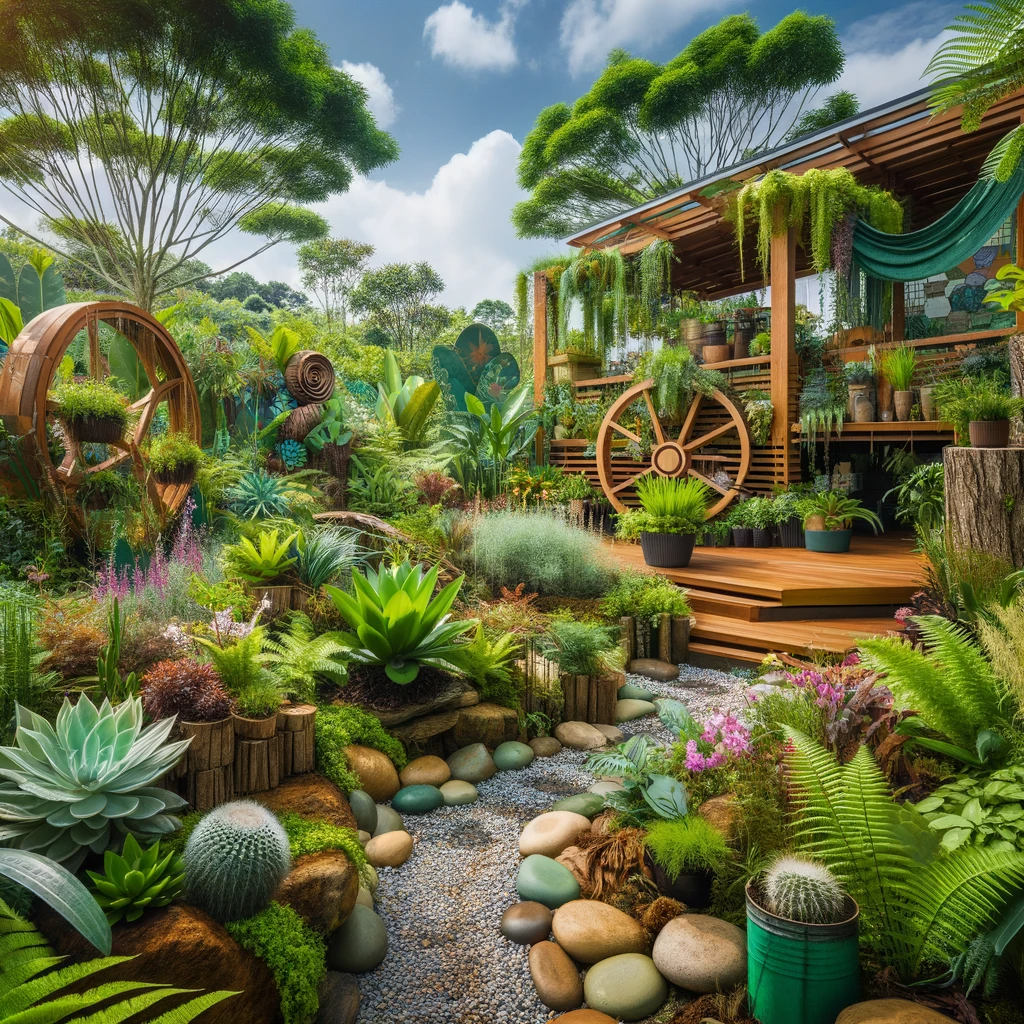In the realm of modern gardening, a significant shift is occurring: the rise of Green Gardening. This approach, focusing on sustainability, is not just a fleeting trend but a pivotal movement towards ecological stewardship. Green Gardening combines aesthetic beauty with environmental responsibility, emphasizing pesticide-free maintenance and the use of native plant species.
Pesticide-Free Maintenance: A Key to Healthier Ecosystems
Central to green gardening is the avoidance of chemical pesticides. These substances, although effective for pest control, often harm beneficial insects and damage soil and water health. Instead, adopting natural alternatives can maintain ecological balance:
- Companion Planting: Nature has its own pest management solutions. For instance, marigolds repel nematodes, and basil keeps mosquitoes away. By understanding these natural repellents, the need for chemicals decreases significantly.
- Natural Predators: Additionally, fostering a habitat for birds and beneficial insects like ladybugs creates a natural pest control system. Bird feeders and specific plants can attract these helpful creatures, establishing a self-regulating garden ecosystem.
- Organic Pesticides: Furthermore, in cases where intervention is necessary, organic or homemade pesticides, such as neem oil or a garlic-chili mixture, offer an eco-friendly solution.
Embracing Native Plant Species: Enhancing Ecological Harmony
Equally important in green gardening is the incorporation of native plants. These species, already adapted to local conditions, require fewer resources and support local wildlife. Here are some strategies for using native plants:
- Research Local Flora: Begin by consulting local gardening clubs or extension services to identify plants that thrive in your area’s climate and soil.
- Design with Diversity: Moreover, aim for a mix of native plants to create a resilient and vibrant garden. This variety not only enhances the garden’s beauty but also supports a wider range of local wildlife.
- Avoid Invasive Species: Lastly, it’s crucial to avoid plants that are invasive in your region, as they can disrupt local ecosystems.
Conclusion
Ultimately, Green Gardening is more than a gardening trend; it’s a commitment to a sustainable future. By renouncing pesticides and choosing native plants, gardens transform into spaces that are not only visually appealing but also ecologically beneficial. It’s a step forward in harmonizing our gardening practices with the natural world.










